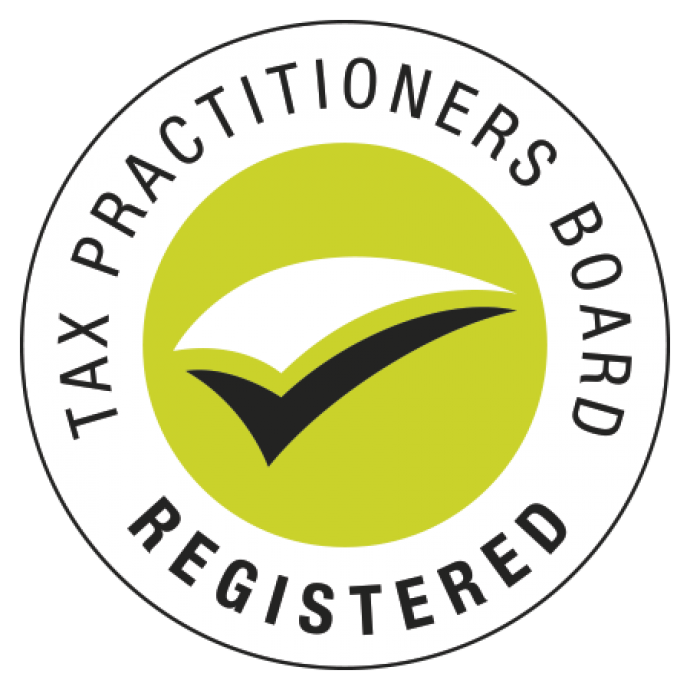
* Supply SMSF Trust Deed
* Appoint Trustees' Document
(Member Records)
* Minutes for SMSF
* ATO Trustee Declaration Form
* Apply for ABN
* Apply for TFN
SMSF set up information
- easy 9 steps with 123eTax
It’s important for fund trustees to set up a self-managed super fund (SMSF) correctly to ensure that it is compliant with the government regulation -Superannuation Industry (Supervision ) Act. This will ensure the fund is eligible for the various tax concessions available under Australia’s superannuation system. Please also note that all members of the SMSF must also be trustees of the fund.
Here are some important steps for trustees to set up an SMSF :
(We are here to help you through these tasks.)
● Step 1. Consider appointing professionals to help you
● Step 2. Choose structure for your fund - individual trustees or a corporate trustee
● Step 3. Appoint your trustees
● Step 4. Create the trust and trust deed (back up by licensed lawyer)
● Step 5. Register your fund with the ATO and apply for an ABN
● Step 6. Set up an SMSF bank account
● Step 7. Getting an electronic service address for member contributions and rollovers
● Step 8. Prepare an investment strategy
● Step 9. Prepare an exit strategy
It’s worthwhile to obtain professional advice from an SMSF service provider to help you set up your fund. We can help you to manage your fund to ensure your ongoing legal compliance.


